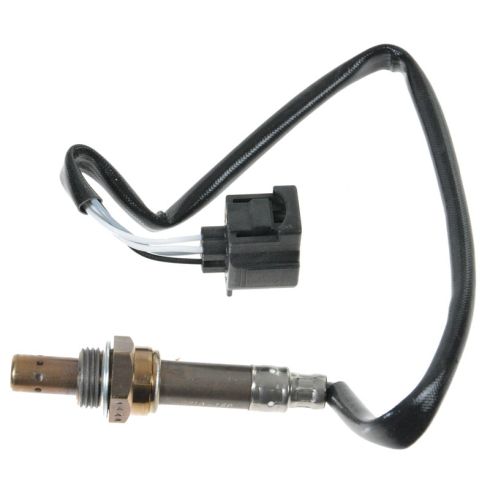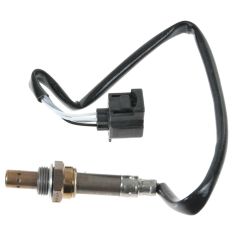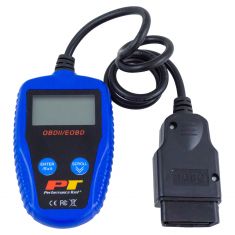1AEOS00056-Dodge Chrysler O2 Oxygen Sensor TRQ OSA61203

Replaces
2005 Dodge Grand Caravan V6 3.8L Upstream O2 Oxygen Sensor TRQ OSA61203

Frequently bought together
Product Reviews
Loading reviews
5.00/ 5.0
2
2 reviews
Ox sensor
April 3, 2020
Came on time. Some as oem worked great with no issues
O2 Sensor - Chrysler Pacifica
October 6, 2020
The )2 sensors I bought were a perfect fit for my 06 Pacifica. The how to videos are always extremely helpful. 1A-Auto always a great parts service company.
Customer Q&A
Is this oxygen sensor used for the downstream sensor also?
September 16, 2018
10
This item is specific to upstream or downstream depending on the vehicle. It will not be interchangeable between the two. Thank you.
September 17, 2018
Jessica D
10
Thank you for the inquiry. This part will only work in the Downstream position in a 2004 T&C with a 3.8L engine.
September 4, 2019
Christa R
Who's the manufacturer?
February 8, 2022
10
DIY Solutions. DIY Solutions consists of parts from multiple brands. This part is built to the same specs as the OE part.
February 8, 2022
Andra M
Dodge is a registered trademark of FCA US LLC. 1A Auto is not affiliated with or sponsored by Dodge or FCA US LLC.
See all trademarks.














